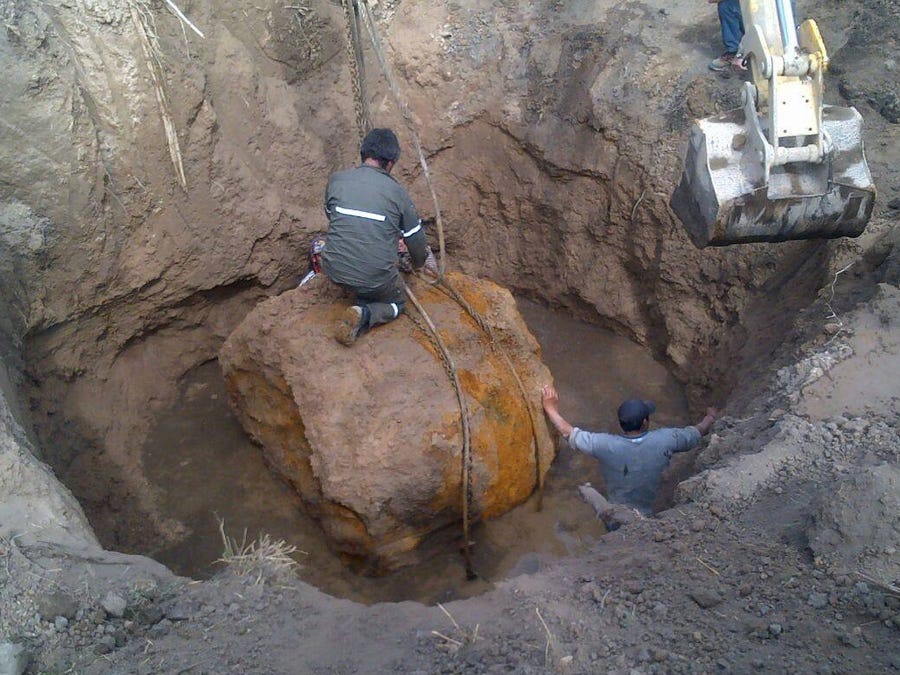SEPTEMBER 6, 1618: The German astronomer and mathematician Johannes Kepler observes Comet 1618 I (new style C/1618 Q1) – the first of three “Great Comets” that appeared that year – through a small telescope, the first recorded telescopic observation of a comet.
SEPTEMBER 8, 1991: Tom Gehrels with the Spacewatch program in Arizona discovers the comet now known as Comet 125P/Spacewatch. A very faint object of 21st magnitude at the time, this was the first comet to be discovered with a CCD.
SEPTEMBER 8, 2016: NASA’s OSIRIS-REx mission is launched from Cape Canaveral, Florida. OSIRIS-REx’s destination was the near-Earth asteroid (101955) Bennu, at which it arrived in late 2018 and has been orbiting ever since. After collecting soil samples next month, OSIRIS-REx will depart from Bennu next April with arrival back at Earth scheduled for September 2023. The OSIRIS-REx mission is discussed in a future “Special Topics” presentation.
SEPTEMBER 9, 1892: Edward Barnard at Lick Observatory in California discovers Jupiter’s fifth known moon, Amalthea, the first moon of Jupiter discovered in almost three centuries, and the last moon in the solar system to be discovered visually. The small moons of the solar system’s planets are discussed in a previous “Special Topics” presentation.
SEPTEMBER 10, 2016: A team of explorers from the Asociacion de Astronomia del Chaco in Argentina discovers a large underground meteorite near the town of Gancedo. The Gancedo meteorite is the largest fragment of the Campo del Cielo meteorite fall and is the third-largest known meteorite in the world. It and other large meteorites are discussed in a previous “Special Topics” presentation.

SEPTEMBER 11, 1909: Max Wolf at Heidelberg Observatory in Germany recovers Comet 1P/Halley during its return to perihelion in 1910. This return of Comet Halley was a very favorable one in terms of viewing geometry, and is discussed in the “Special Topics” presentation on that object.
SEPTEMBER 11, 1969: Svetlana Gerasimenko at Alma Ata Observatory in what is now Kazakhstan takes a photograph of Comet 32P/Comas Sola, and upon performing astrometric measurements of it Klim Churyumov accidentally discovers another comet on the same photograph. Comet 67P/Churyumov-Gerasimenko was the destination of ESA’s Rosetta mission, which orbited the comet’s nucleus from 2014 to 2016 before landing on the surface. Comet 67P is a previous “Comet of the Week,” and the Rosetta mission is discussed in that presentation.
SEPTEMBER 11, 1985: The International Cometary Explorer (ICE) mission – formerly the International Sun-Earth Explorer 3 (ISEE-3) spacecraft – flies by Comet 21P/Giacobini-Zinner, becoming the first spacecraft to encounter a comet. The ICE mission is discussed in a previous “Special Topics” presentation, and Comet 21P/Giacobini-Zinner is next week’s “Comet of the Week.”
SEPTEMBER 11, 1999: The LINEAR program in New Mexico discovers the Apollo-type asteroid now known as (101955) Bennu. Bennu was the destination of NASA’s currently-ongoing OSIRIS-REx sample return mission, which is discussed in a future “Special Topics” presentation.
SEPTEMBER 11, 2015: A team of astronomers led by Tabitha Boyajian (then at Yale University) and which includes “citizen scientists” announces their discovery of very unusual and irregular drops in brightness of the star designated KIC 8462852 and informally known as “Boyajian’s Star.” The brightness drops are possibly due to a swarm of “exocomets,” and the star is discussed in a previous “Special Topics” presentation.
SEPTEMBER 11, 2020: The main-belt asteroid (16151) 1999 XF230 will occult the 6th-magnitude star HD 223807 in Aquarius. The predicted path of the occultation crosses west-central France, the central Atlantic Ocean, central Florida, the southern tip of Texas, north-central Mexico (including the city of Monterrey and central Baja California Sur), and the east-central Pacific Ocean.
SEPTEMBER 12, 1811: The Great Comet of 1811 passes through perihelion at a heliocentric distance of 1.035 AU. This was one of the brightest and best-observed comets in the 19th Century and appeared in quite a bit of the popular culture at the time, and is a future “Comet of the Week.”
SEPTEMBER 12, 1904: Edward Barnard at Yerkes Observatory in Wisconsin discovers an asteroid later designated as 1904 RD. It would remain “lost” for almost a century before Gareth Williams at the Minor Planet Center identified it as being identical to the asteroid now known as (12126) 1999 RM11, which had been discovered by the LINEAR program in September 1999. This is a “Jupiter Trojan,” which is the subject of a future “Special Topics” presentation, and Barnard’s discovery represents the first observations of such an object.
SEPTEMBER 12, 2005: JAXA’s Hayabusa mission arrives at the Apollo-type asteroid (25143) Itokawa. Hayabusa managed to collect a handful of soil samples from Itokawa and, following an adventurous journey, successfully returned these to Earth in June 2010. The Hayabusa mission is discussed in a previous “Special Topics” presentation.
More from Week 37:
Comet of the Week Special Topic Free PDF Download Glossary
Ice and Stone 2020 Home Page


